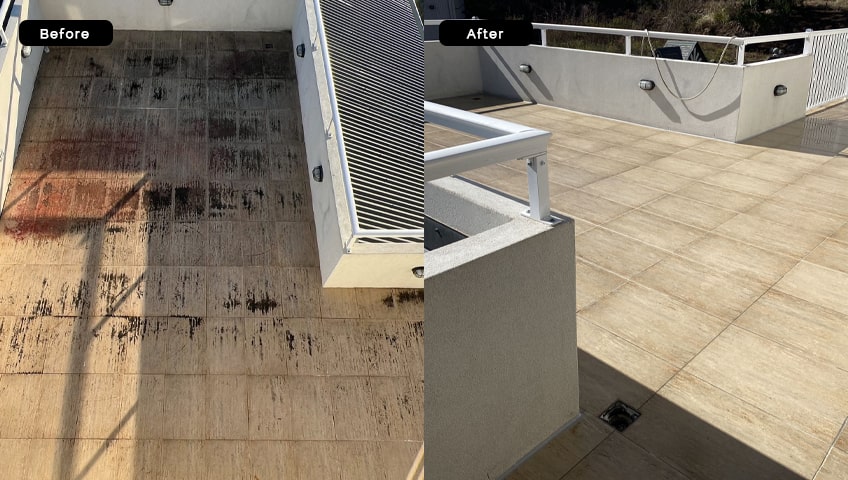Understanding Efflorescence: Causes, Signs, and Prevention
Efflorescence is a common issue that plagues many homeowners and property managers. It manifests as a white, powdery substance on the surface of masonry, concrete, or even natural stone surfaces. This unsightly phenomenon can detract from the aesthetic appeal of your property and may be a sign of underlying problems. In this article, we’ll delve into what efflorescence is, identify its signs, explore the causes behind it, and provide practical tips on how to prevent it.
What Is Efflorescence?
Efflorescence is the migration of soluble salts to the surface of porous materials, where they form a white, powdery deposit. These salts are typically composed of calcium, magnesium, or potassium, and they are commonly found in construction materials like concrete, bricks, and mortar. Efflorescence is a natural occurrence in these materials and can happen both indoors and outdoors.
Signs of Efflorescence
Recognizing efflorescence is essential for early intervention and prevention. Here are some common signs to watch out for:
1. White Powder Residue
The most apparent sign of efflorescence is the presence of a white, chalky residue on the surface of masonry or concrete. This residue can vary in intensity, from a light dusting to a more pronounced coating.
2. Flaking or Peeling
In advanced cases, efflorescence can cause the affected surface to flake or peel. This can compromise the structural integrity of the material, making it more susceptible to damage.
3. Staining
Efflorescence can leave unsightly stains on walls, floors, or other surfaces. These stains can be particularly stubborn to remove and may require special cleaning techniques.
What Causes Efflorescence?
Understanding the root causes of efflorescence is crucial for effective prevention. Several factors contribute to its formation:
1. Water
Water plays a central role in the efflorescence process. It dissolves the salts within construction materials and transports them to the surface. Water can come from various sources, including rainwater, groundwater, or even moisture within the material itself.
2. Porous Materials
Efflorescence is most common in porous materials like concrete, brick, and mortar. These materials readily absorb water and allow it to carry salts to the surface.
3. Temperature Changes
Temperature fluctuations can exacerbate efflorescence. When water carrying dissolved salts reaches the surface and evaporates, it leaves the salts behind as deposits. This process is more pronounced in areas with frequent temperature swings.
4. Poor Drainage
Inadequate drainage systems can lead to the accumulation of water in or around construction materials. This trapped moisture increases the likelihood of efflorescence.
How to Avoid Efflorescence
Preventing efflorescence involves addressing the underlying causes. Here are some strategies to keep your surfaces free from this common issue:
1. Proper Water Management
Ensure proper water drainage away from the affected area. Well-designed drainage systems can help minimize the amount of water that penetrates and saturates construction materials.
2. Select Materials Wisely
When possible, choose construction materials that are less prone to efflorescence. Some materials have lower salt content or are treated to reduce their susceptibility.
3. Seal the Surface
Applying a high-quality sealer to the surface can create a barrier that prevents water from infiltrating the material. This can be especially effective for outdoor surfaces.
4. Ventilation
Proper ventilation in indoor spaces can help reduce humidity levels, minimizing the chances of efflorescence occurring on interior surfaces.
5. Regular Maintenance
Inspect your surfaces regularly for signs of efflorescence. If you notice any, address the issue promptly to prevent it from worsening.
Conclusion
Efflorescence is a common occurrence in construction materials, but with the right preventive measures, it can be managed effectively. By understanding its causes and signs, you can take proactive steps to keep your surfaces free from this unsightly issue. Remember that addressing efflorescence early can not only enhance the aesthetics of your property but also extend the lifespan of your construction materials. Stay vigilant, practice proper maintenance, and implement the prevention strategies outlined in this article to keep efflorescence at bay.





